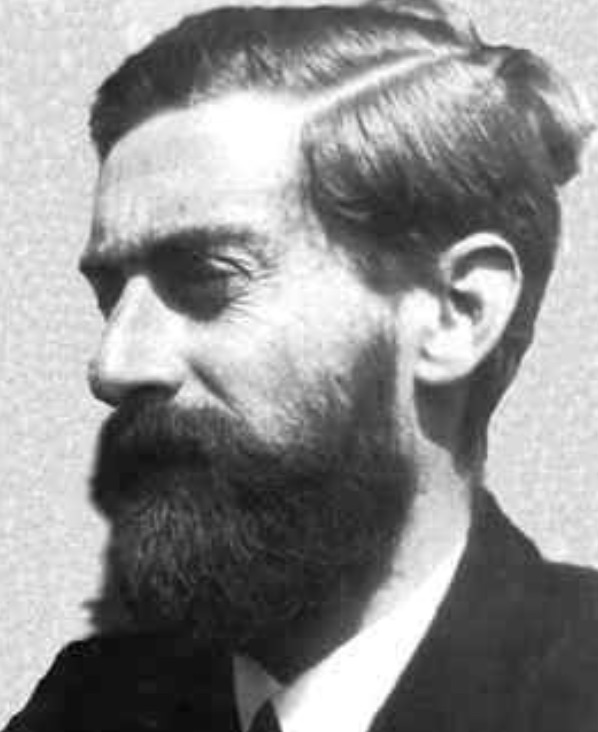
Maurits Cornelis Escher, known by his signature “M.C. Escher”, was born on June 17, 1898, in Leeuwarden, Netherlands. Between 1912 and 1918, he attended elementary and secondary school in Arnhem, while World War I raged throughout Europe. Maurits did not distinguish himself as a talented student, and later, confessing to his difficulties in mathematics stated:
At high school in Arnhem, I was extremely poor at arithmetic and algebra because I had, and still have, great difficulty with the abstractions of numbers and letters. When, later, in stereometry [solid geometry], an appeal was made to my imagination, it went a bit better, but in school I never excelled in that subject. But our path through life can take strange turns.
In spite of his lack of interest in academics, Maurits displayed a creativity during his early years that was reflected in his interest in music, art and carpentry. He was also observed to meticulously arrange slices of cheese by shape and size so that they would cover the surface of his bread without leaving gaps. This fascination with shapes and structures prompted him to pursue a career in architecture, but his poor academic performance prevented him from graduating and enrolling in architecture. So, in September 1920, Escher moved to Haarlem where he attended the School for Architecture and Decorative Arts. His graphic arts teacher Samuel Jesserum de Mesquita, recognizing Escher’s interest in art and carpentry, introduced Maurits to woodcut printing techniques, and mentored his development of these skills.
In April 1922, at age 23, Maurits travelled to Florence, Italy with two friends to explore examples of state-of-the-art woodcuts for which Florence is famous. It was during this time that Escher began to apply his fascination with packing shapes to fill space without leaving gaps–a concept that mathematicians call tessellations. A few months later he traveled to Spain where he was inspired by the Alhambra Palace in Granada that had been constructed by the Moors in the 14th century. The design, intricate mosaics, and tessellations evident in the tilings would influence his art through the rest of his life. He was so inspired by this experience that he returned to Spain two years later, stating:
It remains an extremely absorbing activity, a real mania to which I have become addicted, and from which I sometimes find it hard to tear myself away.
The passion that was ignited in these visits to Spain resulted in a variety of tessellation-based artistic renderings such at the one titled Horsemen 2. In 1937, Escher discovered George Pólya’s paper on plane symmetry groups published 13 years earlier. Although he may not have understood the abstract foundations of these groups, he learned their properties and in collaboration with geometers such as H.S.M. Coxeter made significant contributions to the representation of the 17 plane symmetry groups. His sophisticated knowledge of these geometric entities was reflected in his future art that explored the concepts of infinity, symmetry, perspective and the representation of “impossible objects.”
By the time Escher reached 60 years of age, he had gained world-wide recognition as a person with a unique talent. He had been featured in Time Magazine and was widely sought after as a lecturer. In his book Regular Division of the Plane, he compared his artistic approach to the tiling of the plane with that of the mathematicians, stating:
In mathematical quarters, the regular division of the plane has been considered theoretically. … [Mathematicians] have opened the gate leading to an extensive domain, but they have not entered this domain themselves. By their very nature they are more interested in the way in which the gate is opened than in the garden lying behind it.
Escher retired in 1970 to Laren in the northern part of Netherlands where he had his own studio and continued his work. On March 27, 1972, Maurits Escher died in a hospital in Hilversum at age 73, leaving a legacy of thought-provoking images representing hyperbolic geometry, infinite space filling shapes, and visual paradoxes.
